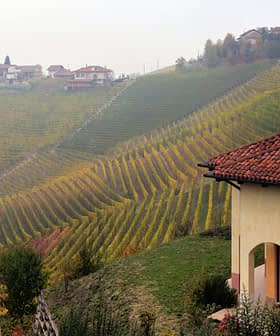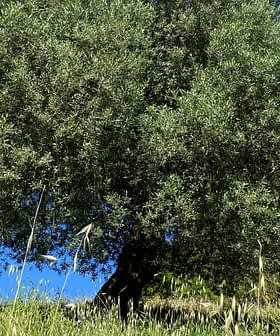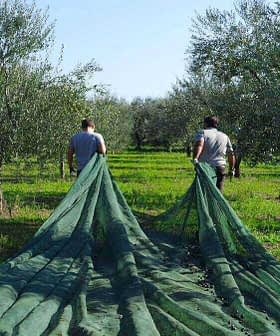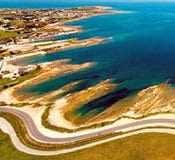
The region of Puglia, the “heel” of Italy’s boot, is a land of red earth with twisted olive trees whose lineage stretches back centuries, in some cases even millennia, in this traditional heartland of olive oil. Providing 40 percent of the nation’s product, with over 60 million trees in the region (one for every person in Italy), olive oil is a tradition that inspires more Pugliese pride than any other, and with reason.
Known for producing not only great quantity but also some of the highest quality olive oil anywhere, its oil-fueled gastronomy has earned a reputation in recent years as a top contender in the constant war that rages over which region has the best cuisine in the country.
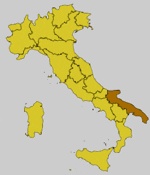
Puglia’s sunny climate and dramatic beaches have been luring more and more visitors, especially from other parts of Italy, seeking not just warmth but an epicurean experience as well. Visitors have a chance to travel what has been dubbed the Strade dell’olio, or the Olive Oil Roads, the paths connecting the often ancient farms that still produce oil today. Along the way, some out-of-use farms have been turned into museums where you can learn about the local history of oil and see the traditional methods of production. Most museums include a very personal guided tour, where you can be sure to get a spirited introduction to the area’s customs and oils.
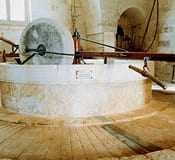
At the Museum of San Vito dei Normans, set in the magnificent rooms of the former Convent of the Dominicans, exhibits tell the story of olive oil and show the art of its age-old production, emphasizing agrarian culture as a precious legacy for the younger generation. Also worthy of a visit is the Squinzano Museum in Lecce, where an ancient and beautiful mill is kept entirely intact.
The Museum of Olive Oil of Sant’Angelo de ‘Grecis Fasano, perhaps the most important of the olive oil museums, is surrounded by olive groves that produce some of the highest quality oil in Italy, such as the esteemed Ogliarola Leccino and Frantoio oils. The ‘Grecis Fasano farmhouse, originally created in the 11th century by monks, boasts a collection of ancient tools like grinding stones, wooden and metal presses, basins, mortars, ropes, harnesses for the mules, jars, bottles, and other tools that were collected by the Amati Colucci family, current owners of the farm. Until only a few years ago, production was also done in the surrounding caves, in order to maintain a cool temperature for the pressing of the olives.

The Strade dell’olio stretches out from Brindisi, with 140 kilometers of roads, along which you will also find plenty of places to taste and purchase the local oils, as well as restaurants catering to the visitors searching for a taste of Puglia’s riches. It’s a place to experience the ancient history of Italy and to see firsthand how the agrarian culture maintains a vital role in of one of the most prominent cuisines in the world.

